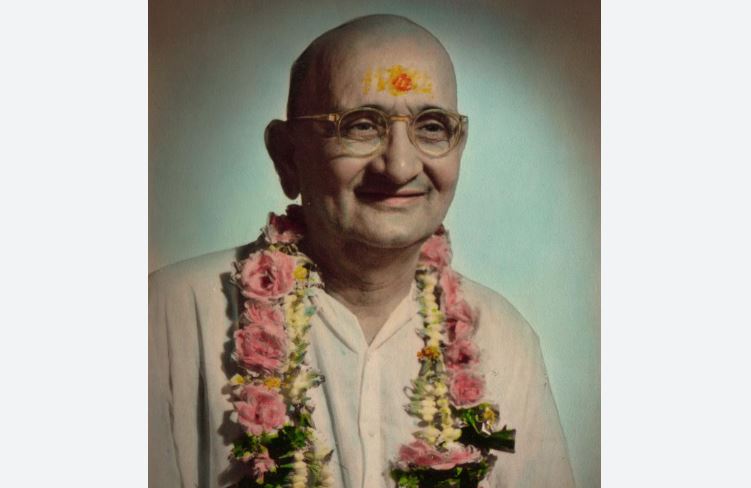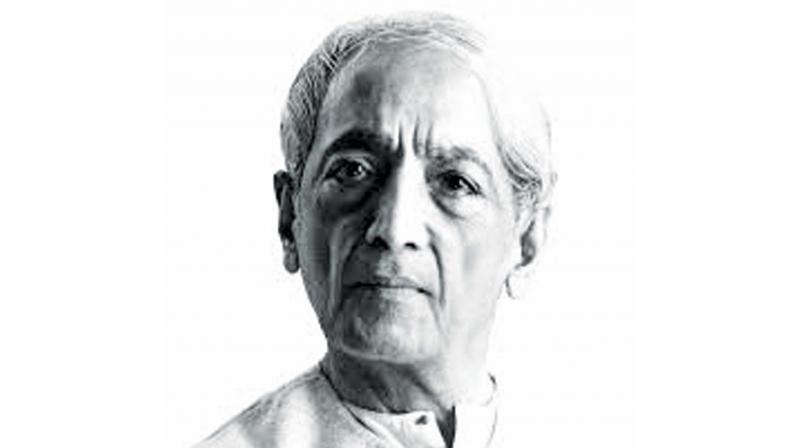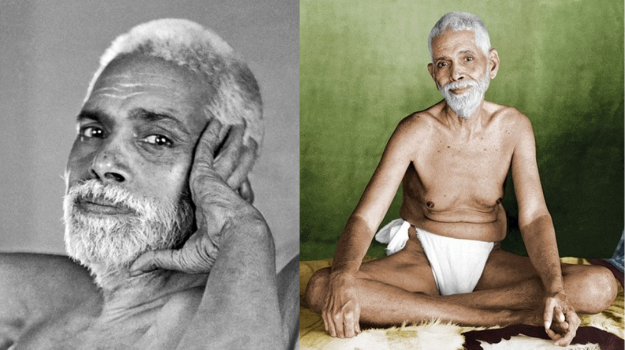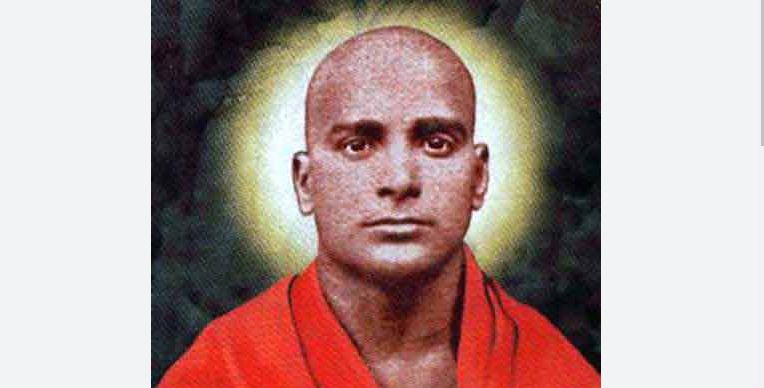
Many people complain of a ‘restless mind’ when they try to meditate, contemplate or just relax into pure awareness. Their thoughts seem to speed up and many worldly worries crowd in that seem to make meditation, contemplation, or relaxation appear impossible.
If one attempts to suppress them or replace them with other thoughts, this often exacerbates the problem turning the river into a veritable torrent! Now this may be a problem if one is attempting one-pointed concentration, as in meditation. It may also seem to make contemplation, or investigation, impossible as it disturbs the flow of thoughts, dedicated to one subject, that this requires.
However, for just relaxing into pure awareness the torrent of thoughts of the ‘monkey mind’ or ‘worry wart’ is no problem; for in this relaxation there truly is nothing to find, achieve or acquire as awareness is already (and always) present. All that is required is to recognize this fact by seeing that there is awareness of this stream of thoughts/worries.
This ‘seeing’ has the potential to break the habit of the mind to follow these thoughts, and then they just come and go in awareness, leaving it unaffected in the same way that clouds scud across the sky, or waves appear in the ocean. Once this occurs one can then revert to contemplation/investigation if one wishes, or just remain relaxing into awareness itself.
Even if this does not occur, and the restless mind continues with its incessant chatter, this is no problem for awareness which just witnesses this, whilst remaining totally unconcerned. The seeing of this in turn leads to the mind letting go of all its expectations of what is required for the relaxation to deepen (i.e. that the mind should become quiet), resulting in this deepening naturally occurring. Paradoxically this can then result in the flow of discursive thoughts lessening, leading to even deeper relaxation … But if this does not happen it’s no problem!
This is where the technique of recognizing the presence of awareness, and relaxing into that, differs from those that require concentration. For this recognition has the power to diffuse thoughts (and sensations) as their ephemeral nature becomes apparent, thus making the mind less likely to scamper after them. The mind is a far more amenable servant when it can truly understand what is required of it and see the point of this. The recognition of pure awareness leads to perfect peace, for awareness itself is always absolutely still and totally silent and this is perfect peace.
Whereas, meditation on an object which requires one-pointed concentration is a somewhat artificial activity, with which the mind struggles as it fails to truly ‘see’ the point. If this practice is perfected it can lead to the same state of perfect peace, but this is not the beginner’s experience.
Because the mind finds it difficult to truly engage with this practice, this lack of engagement leaves the mind as restless as it was before the activity was embarked upon. In fact any attempt to artificially yoke the mind to an activity which it is unused to, and does not enjoy, often leads to the restlessness becoming more intense.
Therefore this style of meditation can become counter-productive leading to frustration and a feeling of failure. Which is a great shame for the peace of pure awareness is always present behind this intense activity and this can be readily recognized with the relevant shifting of attention.
The other problem with ‘sitting’ meditation is that, for most westerners, it is not a truly comfortable occupation unaccustomed as we are to sitting cross-legged, whereas relaxing into pure awareness can be done in any position and is best done where there is no discomfort whatsoever.
Colin Drake has been a meditator since 1978 and was awakened by Gangaji in 1996. Born in London, he now resides in Australia. For articles, books, biography, poems etc go to http://www.lulu.com/spotlight/ColinDrake
Colin Drake






